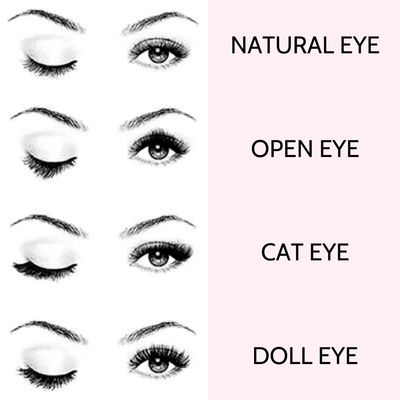
You can do several things immediately if your black eye persists. Apply a cold compress. The cold compress should not contain meat and should only be used for 15 minutes around eyes. Repeat the process for 24 hours. Another option is to apply a warm compress. This will increase blood circulation to the eye area, and help with healing.
Eyebruising
Bruising around an eye is a common condition that can cause swelling and pain. Bruising usually appears as a dark red, which gradually gets darker. It can even turn green, purple, or brown. It may even last for several days. The eye should not be overexercised until it heals. Also, warm compresses can be applied to the eye for up to 20 minutes. Avoid engaging in any risky activities until the bruising has completely subsided.
An ice pack can also be used to reduce pain and swelling. It will also work well if you freeze some fruits or vegetables. These natural remedies can reduce swelling and decrease pain. You should avoid placing ice directly on your eyeball, as it can leak chemicals into your eye. Tylenol or another over-the-counter pain medication can be used to alleviate the discomfort. Aspirin can increase swelling so don't take it.

NSAIDs
Black eye pain is often treated with NSAIDs. These drugs are effective in relieving inflammation and pain as well as helping to reduce bleeding. Acetaminophen should not be used if you have bleeding in your eye. While aspirin is effective for treating black eyes, it can increase your risk of liver damage.
To reduce swelling and pain, you may also be able to take acetaminophen and ibuprofen. You may be advised by your doctor to avoid raw and cold meats as they can cause infection. Warm compresses can be applied several times daily to heal the area.
CAM treatments
Although CAM treatments to treat black eye are not supported by science, some users report some positive effects. Side effects must be monitored for with CAM treatments. Before using CAM treatments, it is important to consult your healthcare provider. Arnica is believed to be effective at treating black eye, although research has not been consistent.
When treating a black eye, it is important to keep in mind that the eye will look worse before it gets better. It's important to consult a doctor if the eye bleeds frequently or causes severe pain. Apply ice to the eye while you wait, but don't put pressure on the eye. You should avoid using makeup on eyes that are reddening or swelling. This will increase redness and irritate the area.

What time to visit a doctor following a black-colored eye?
Although black eyes are usually self-healing, you should still see a doctor for proper care. Your doctor will be able to prescribe pain medication, and may even apply ice if needed. You may also be able to have X-rays taken of your head, face and neck to confirm if you have fractures. Your doctor might refer you to an eye specialist or neurosurgeon if the injury is severe.
If you have a minor black eye that isn't causing any severe pain, you may apply ice to the affected eye. You can also apply a cloth to the area. An excellent choice is a commercial icepack, but you could also use a frozen bag with vegetables. Keep the eye as cool as possible if there is any swelling or pain. You should also avoid activities that may further harm the eye. You can use pain relievers, such as acetaminophen, to relieve pain. However, do not press or poke your eye, as this can cause damage to the cornea.